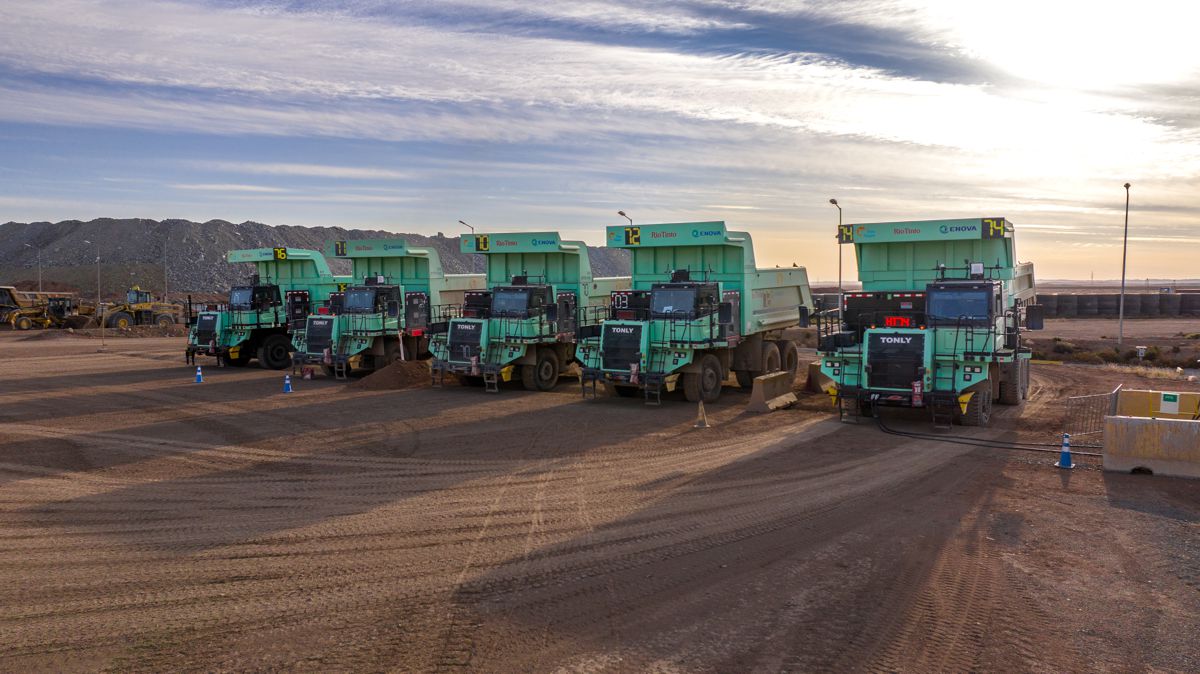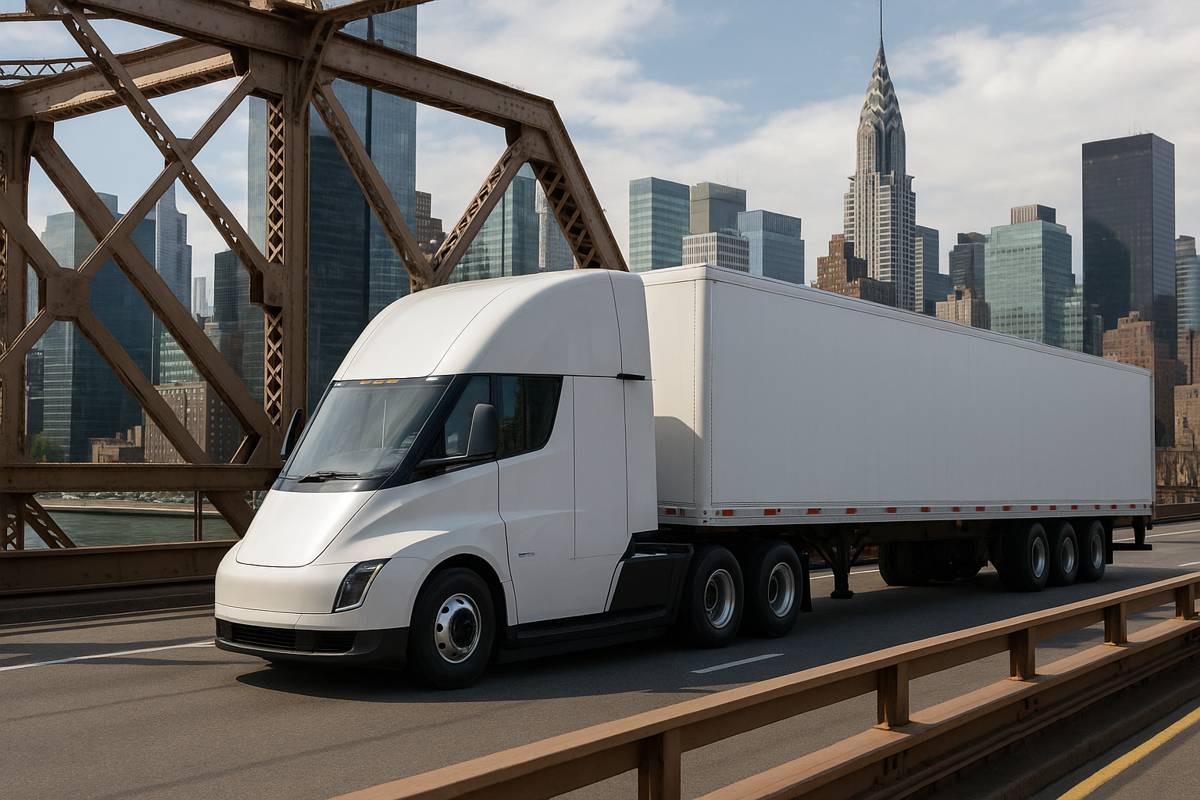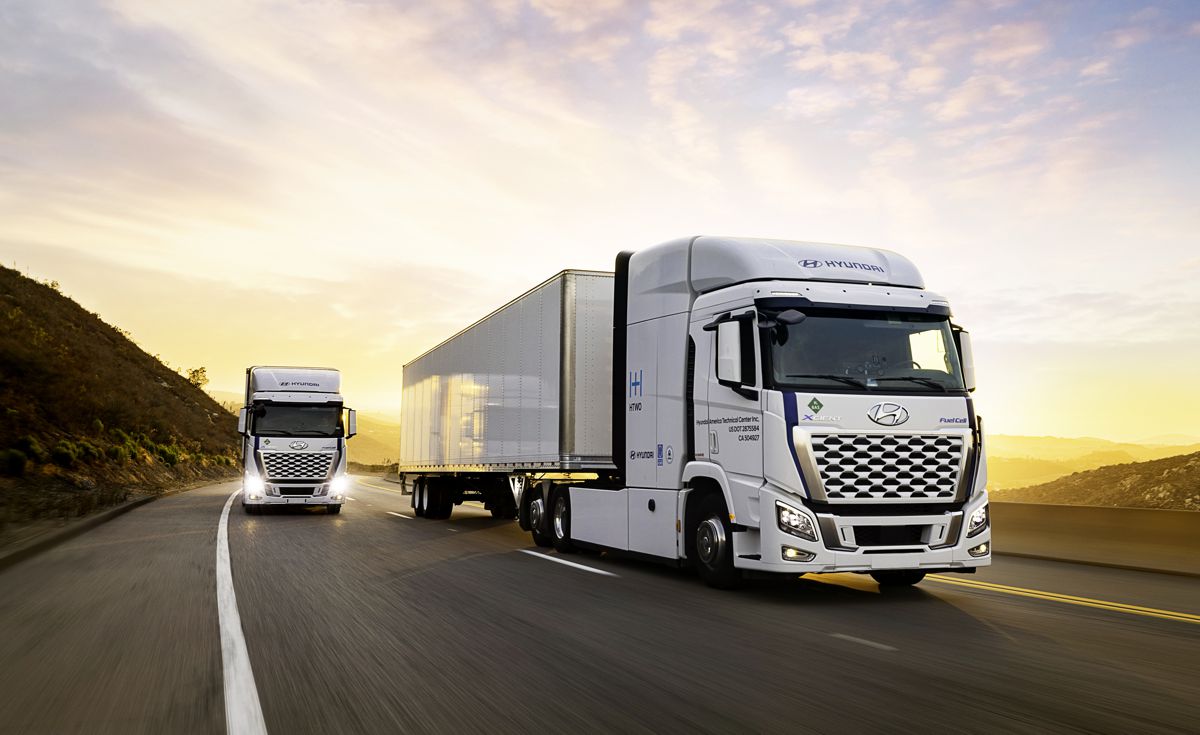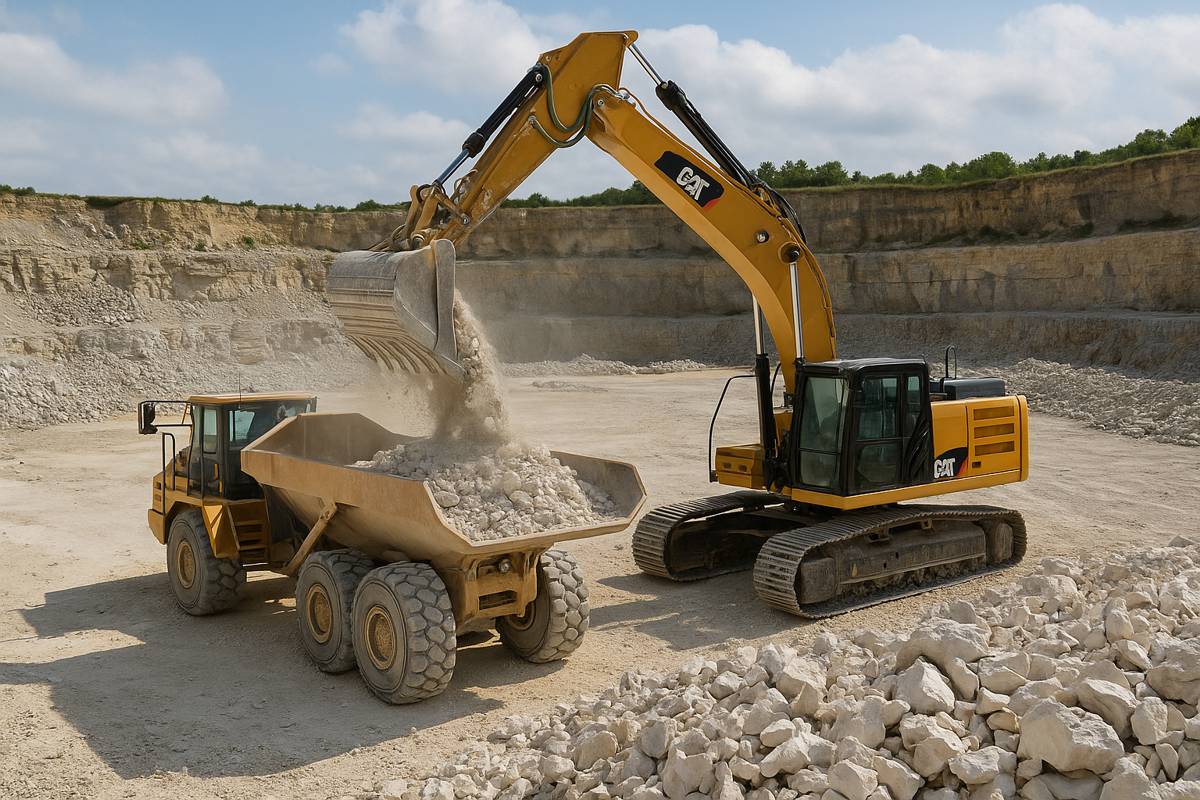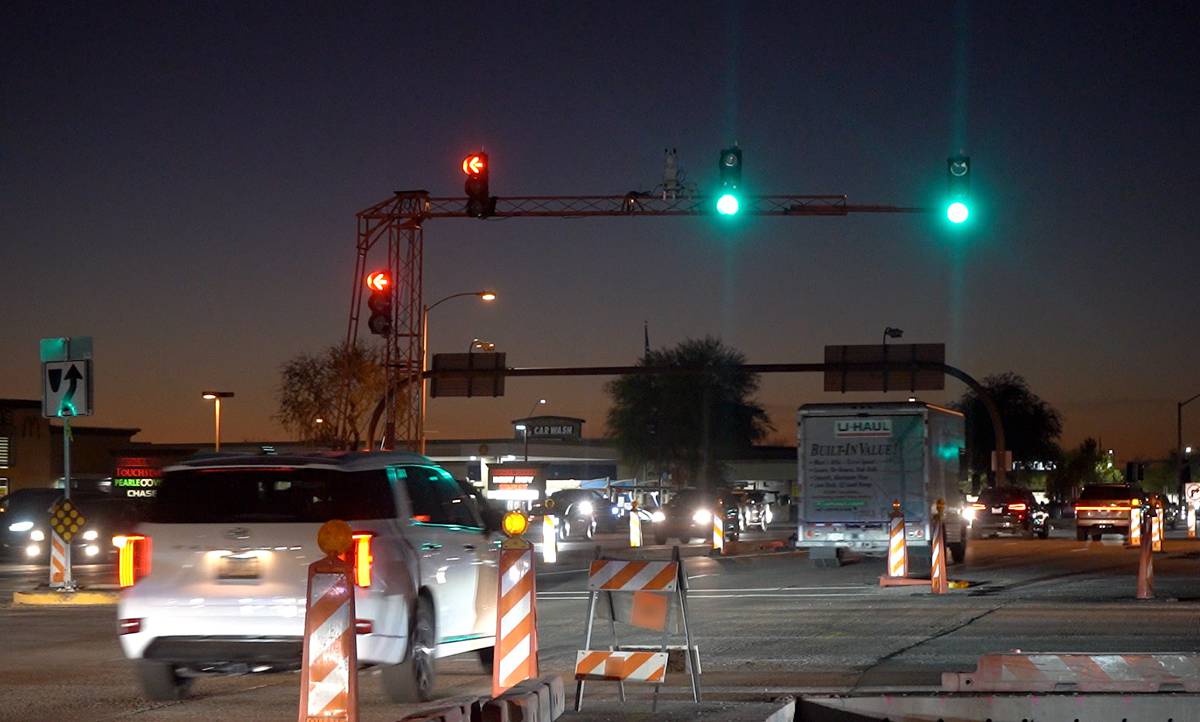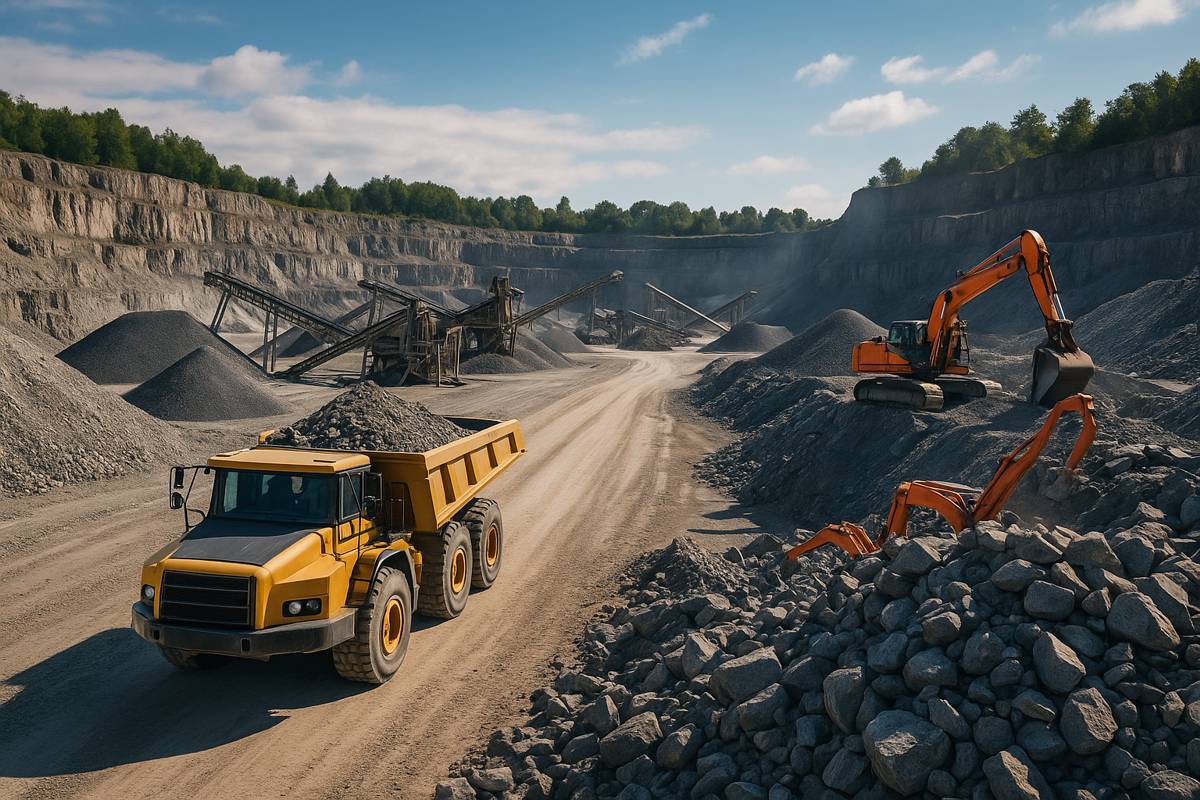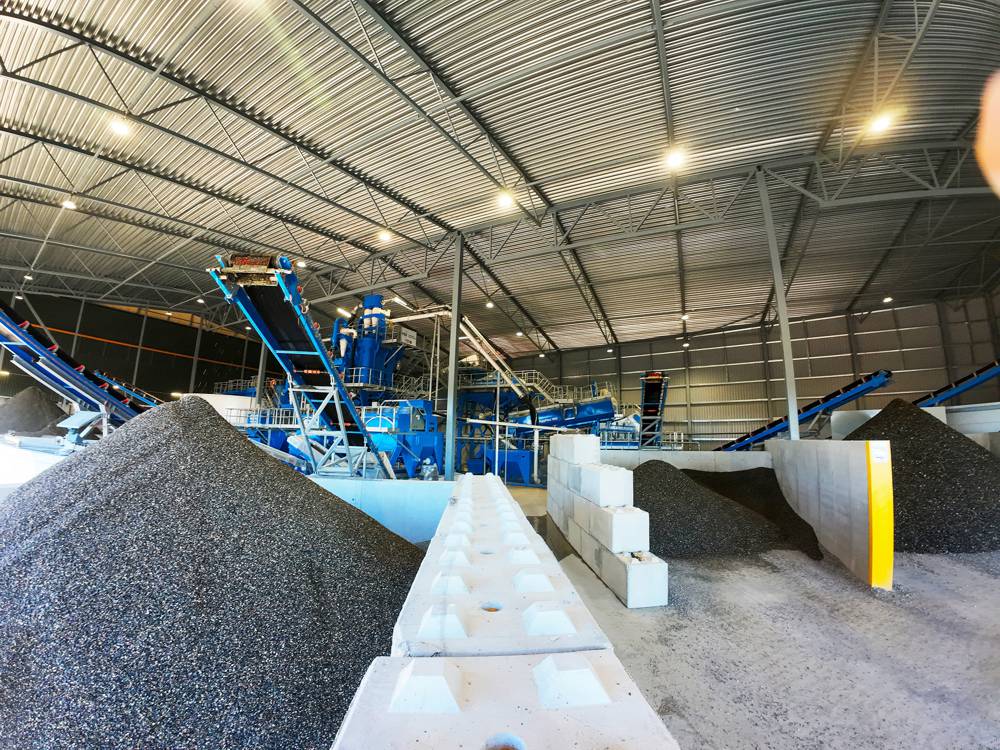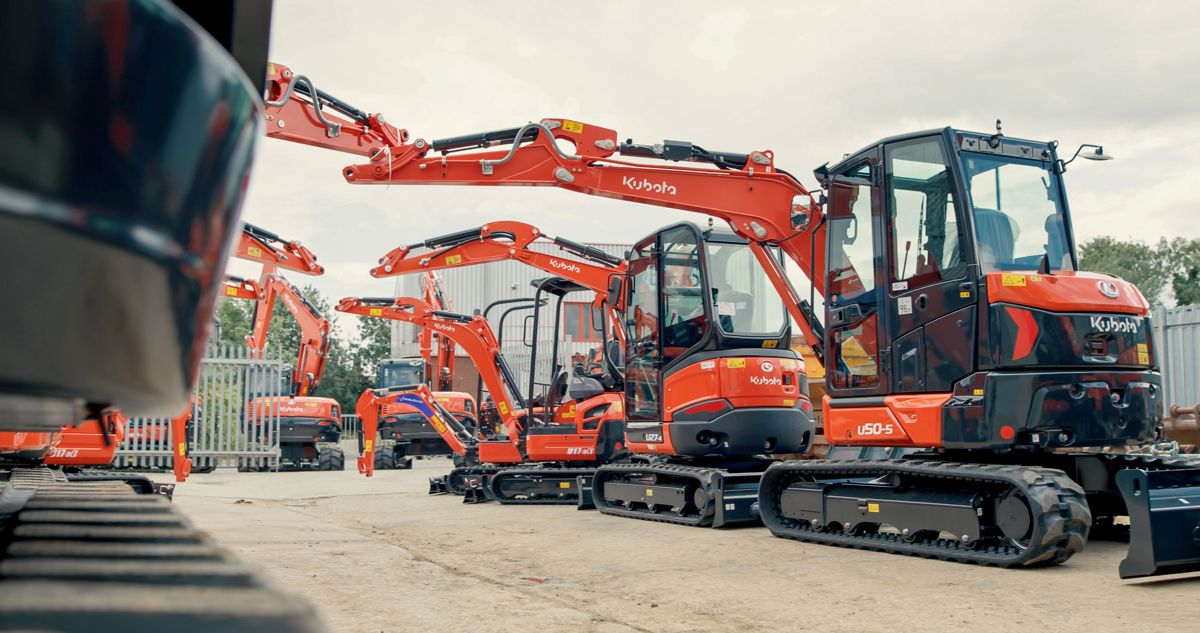Rio Tinto Powers Up in Mongolia with Battery Swap Electric Haul Trucks
Rio Tinto has joined forces with China’s State Power Investment Corporation (SPIC) Qiyuan to trial a ground-breaking battery swap electric haul truck system at the Oyu Tolgoi copper mine in Mongolia. The initiative marks Rio Tinto’s first use of such technology in a surface mining environment, representing a decisive stride toward decarbonising its heavy-haul operations.
Mining haulage fleets account for a significant share of Rio Tinto’s Scope 1 and 2 emissions, making this trial a pivotal step in understanding how to scale up electric mobility across its global operations. The project blends China’s proven battery swap expertise with Rio Tinto’s operational scale and technical precision to create a model for sustainable mining logistics.
Building a Fully Integrated Electric Haulage System
Over the past year, Rio Tinto and SPIC Qiyuan have worked to deploy a fleet of eight Tonly 91-tonne electric trucks, powered by 13 modular batteries, each with a robust 800 kWh capacity. The setup also includes a fully automated battery swapping station, static charger, and the necessary support infrastructure to ensure seamless operations in Mongolia’s demanding mining environment.
The Oyu Tolgoi site will use these trucks for tailings dam construction and topsoil transport, enabling Rio Tinto to gather critical operational data and hands-on experience with the full lifecycle of battery-electric mining trucks. This data will feed into future equipment design, maintenance protocols, and large-scale fleet transition strategies.
Efficiency through Battery Swapping Technology
Unlike traditional electric vehicles that rely on lengthy plug-in charging sessions, battery swapping allows for near-continuous operation. At the Oyu Tolgoi mine, each truck’s depleted battery can be exchanged for a fully charged one in under seven minutes. This rapid turnaround reduces downtime, maximises fleet utilisation, and eliminates the bottleneck of fixed charging stations.
The concept, already mature in China’s logistics and public transport sectors, is being adapted for the rigours of heavy mining for the first time on this scale. The trial could set a new global benchmark for how electric power is integrated into energy-intensive industries.
Rio Tinto’s General Manager of Global Equipment and Diesel Transition, Ben Woffenden, said: “The launch of this trial with SPIC Qiyuan is an important milestone, harnessing China’s widely used and leading battery swap technology in a partnership that supports Rio Tinto’s drive to accelerate low-carbon innovation. The rapid deployment and fast-tracked operational learnings have highlighted the importance of partnerships in advancing low-emission haulage alternatives for our business.
By working with partners such as SPIC Qiyuan and Tonly, Rio Tinto is rapidly identifying and adopting cost-effective, proven innovations that can support operational excellence and advance decarbonisation goals.”
Chinese Innovation Meets Global Mining Ambition
China leads the world in electric heavy vehicle adoption, particularly in industries such as logistics and urban construction. SPIC Qiyuan has been a pioneer in developing high-efficiency battery swap technologies capable of withstanding harsh conditions and maintaining energy stability over repeated cycles.
General Manager of Qiyuan Green Power, Mr Guo Peng, commented: “We are honoured to partner with Rio Tinto to launch this milestone battery-swap truck trial at the Oyu Tolgoi mine. SPIC Qiyuan is committed to advancing green energy technology innovation, and this partnership showcases the significant potential of our proven battery-swap solutions in helping global mining customers reduce emissions and enhance operational efficiency. We look forward to deepening our collaboration with Rio Tinto to jointly explore broader prospects for the mining industry’s low-carbon transition.”
Testing the Future of Electric Mining
The trial will continue through to the end of 2026, allowing Rio Tinto to measure how well the system performs under real-world mining conditions. From battery longevity and maintenance cycles to energy cost efficiency and charging infrastructure reliability, every aspect will be assessed to determine the technology’s scalability.
Currently, Rio Tinto operates a global fleet of approximately 700 haul trucks, of which around 100 are small or medium-sized units (100-200 tonnes payload). These models are the most likely candidates for near-term adoption of the battery swap technology, given their compatibility with existing system designs.
If successful, Rio Tinto could deploy similar systems across its operations in Australia, North America, and Africa, drastically cutting its diesel consumption and emissions footprint.
The Push Towards Low-Carbon Mining
Mining companies worldwide are under mounting pressure to reduce emissions while maintaining production efficiency. The electrification of haul trucks is one of the most significant technological shifts in the sector, offering the dual benefits of cutting operational costs and meeting net-zero targets.
Battery swapping presents a compelling alternative to fixed charging networks, especially in remote sites where grid access and downtime reduction are crucial. The system also provides a flexible framework for renewable energy integration, as static chargers can draw power directly from solar, wind, or hydroelectric sources.
SPIC’s involvement underscores China’s growing influence in clean energy technologies, as the nation continues to export electric mobility solutions to global industries. For Rio Tinto, the collaboration reflects a pragmatic approach: leveraging proven systems rather than reinventing the wheel.
Expanding the Horizon of Electric Haulage
As the industry looks beyond prototype projects, battery swap systems are gaining recognition as a practical solution for large-scale fleet electrification. In 2024, similar pilot projects have been launched in South Africa and Chile, targeting mines with steep gradients and high haul cycles. The results so far suggest that modular battery systems could offer greater flexibility than traditional plug-in or trolley-assist setups.
Moreover, as global battery manufacturing capacity grows, the cost per kilowatt-hour continues to drop. Advances in lithium-iron phosphate (LFP) and solid-state batteries promise even greater safety and durability, key factors for mining applications exposed to extreme temperatures and dust conditions.
Industry analysts suggest that within the next decade, hybrid fleets combining hydrogen and battery-electric trucks may dominate large-scale mining operations. Rio Tinto’s proactive approach, therefore, positions it at the forefront of this global energy transition.
A Sustainable Road Ahead
Rio Tinto’s partnership with SPIC Qiyuan is more than just a trial, it’s a blueprint for the mining industry’s low-carbon future. By integrating proven battery swap systems into heavy haulage, the company is setting new standards for efficiency, collaboration, and sustainability.
As mining moves toward electrification, initiatives like this will help bridge the gap between innovation and implementation. The Oyu Tolgoi project stands as a reminder that bold partnerships and pragmatic engineering can go hand in hand to reshape one of the world’s most resource-intensive industries.
